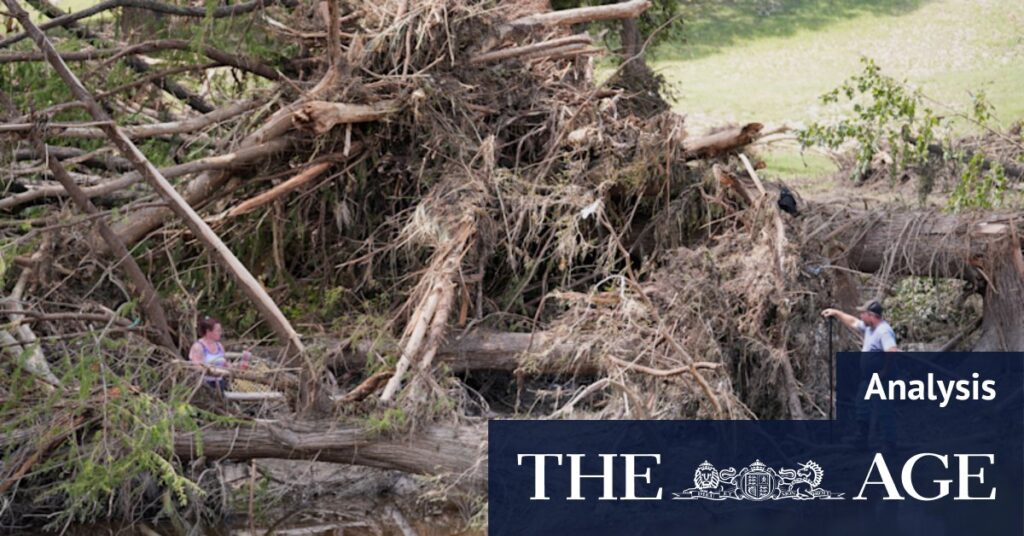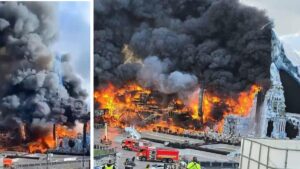
San Antonio, Texas: As I prepare to return to Washington after witnessing the catastrophic floods in the Texas Hill Country, I am struck by the duality of human nature in the face of disaster. This region, now a landscape of devastation reminiscent of the wildfires that ravaged Los Angeles earlier this year, presents both the best and the most perplexing aspects of American society.
The death toll from the floods has climbed to over 110, with 173 people still missing as of the latest reports. These numbers are expected to rise, painting a grim picture of the disaster’s impact. The question on everyone’s mind is: why did so many lives have to be lost? Despite warnings of impending storms, many residents felt secure enough to remain by the river, unaware of the magnitude of the deluge that would soon engulf them.
The Unfolding Tragedy
Every update from local officials seems to bring more dire news. The Guadalupe River, normally a serene waterway, became a torrent of destruction, sweeping away homes and lives in its path. The community of Kerrville, among the hardest hit, is now a focal point for rescue operations and recovery efforts.
According to emergency management officials, the severity of the flooding was unprecedented. Although alerts were issued, the scale of the disaster exceeded expectations. This has raised questions about the effectiveness of the warning systems and the preparedness of local authorities in dealing with such extreme weather events.
Lessons from the Past
The situation in Texas echoes past natural disasters that have tested the resilience of communities. Similar to the aftermath of Hurricane Harvey in 2017, the current floods highlight the need for robust emergency planning and infrastructure capable of withstanding severe weather conditions.
Experts point to climate change as a contributing factor to the increasing frequency and intensity of such events. Dr. Emily Carter, a climate scientist at the University of Texas, notes,
“We are seeing a pattern where extreme weather events are becoming more common. This is a wake-up call for all of us to take climate change seriously and prepare accordingly.”
Community Response and Resilience
Amid the chaos, stories of heroism and community spirit have emerged. Volunteers from neighboring towns have flocked to the affected areas, offering assistance and supplies to those in need. Local businesses have opened their doors to provide shelter, and donations pour in from across the country.
One resident, Maria Gonzalez, who lost her home in the floods, expressed gratitude for the support she has received.
“In times like these, you realize the strength of community. People I’ve never met have shown up to help. It’s heartwarming,” she said.
Looking Ahead
The road to recovery for Texas will be long and challenging. As the immediate crisis subsides, attention will turn to rebuilding and addressing the factors that contributed to the disaster. Inquiries are expected to examine how warnings were communicated and why many residents felt safe despite the looming threat.
The floods in Texas serve as a stark reminder of the unpredictability of nature and the importance of preparedness. As the state begins to heal, the lessons learned will hopefully lead to stronger, more resilient communities capable of withstanding the challenges of a changing climate.
For now, the focus remains on finding the missing, supporting the survivors, and rebuilding lives. The resilience of the people of Texas will undoubtedly shine through in the weeks and months to come.





